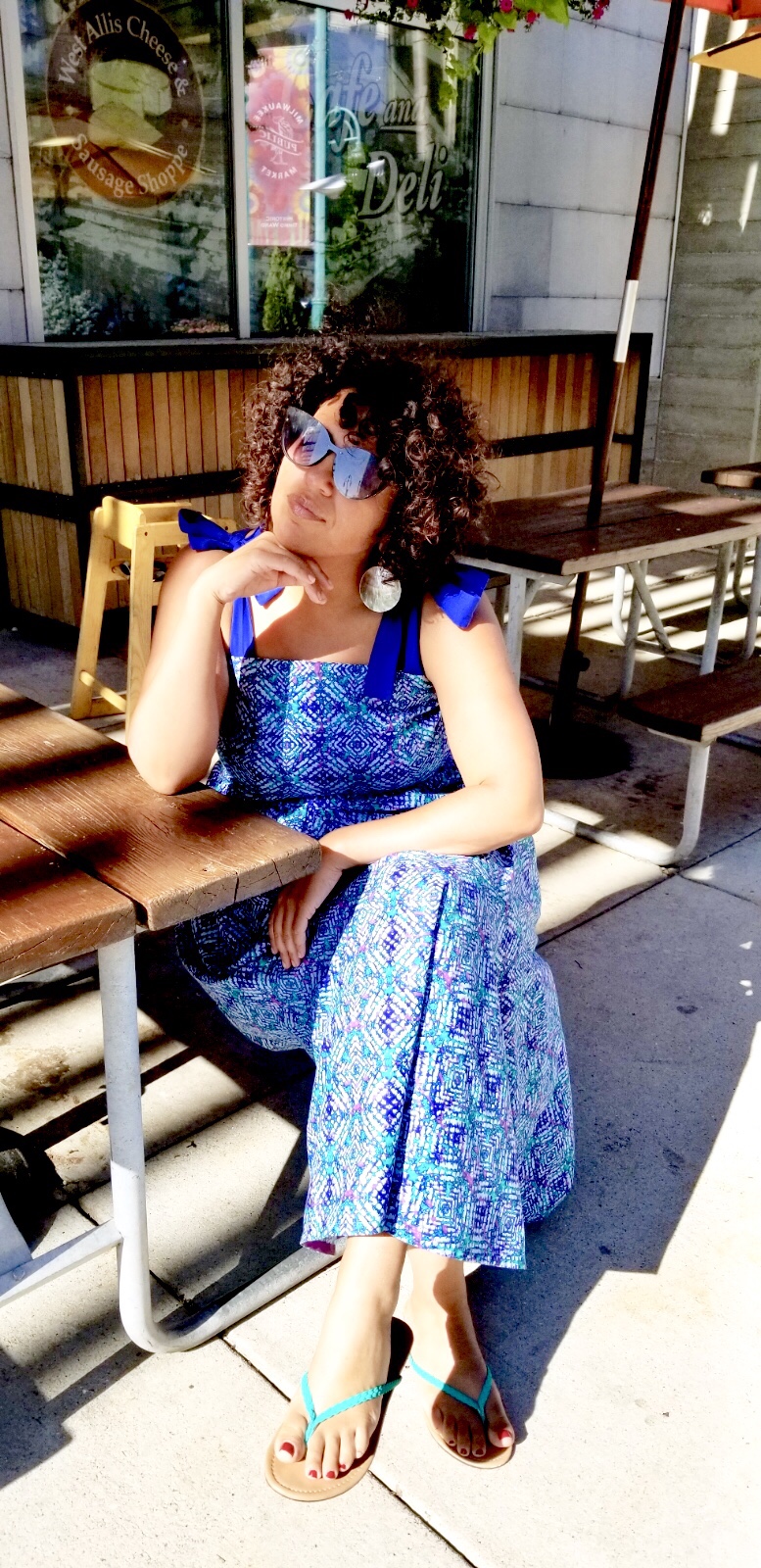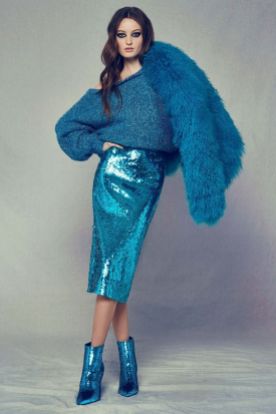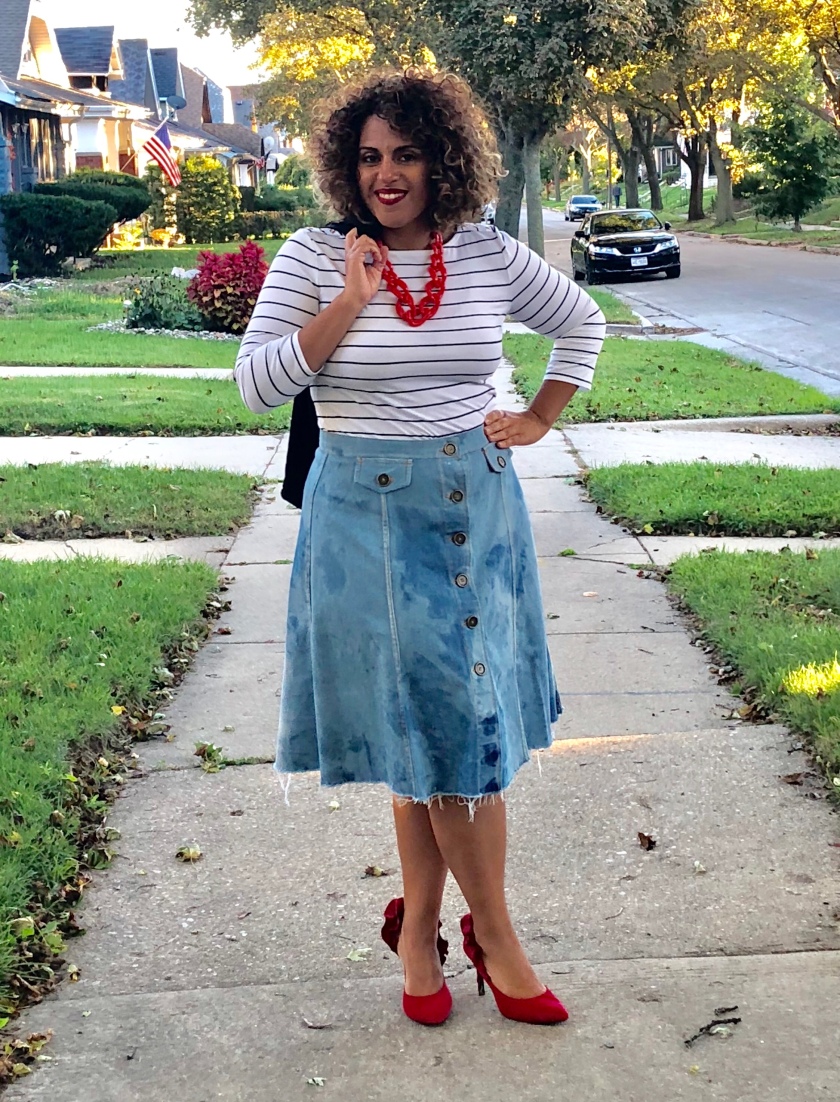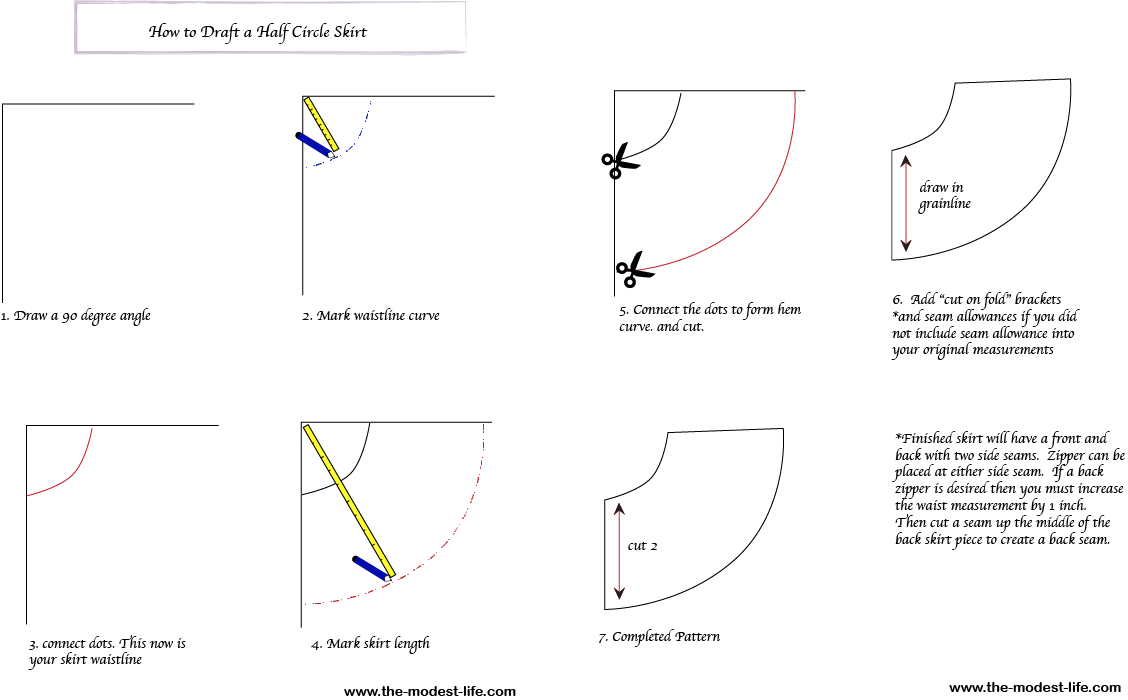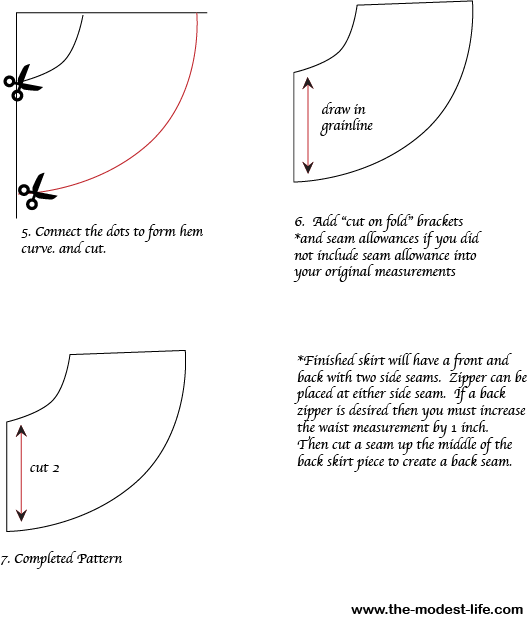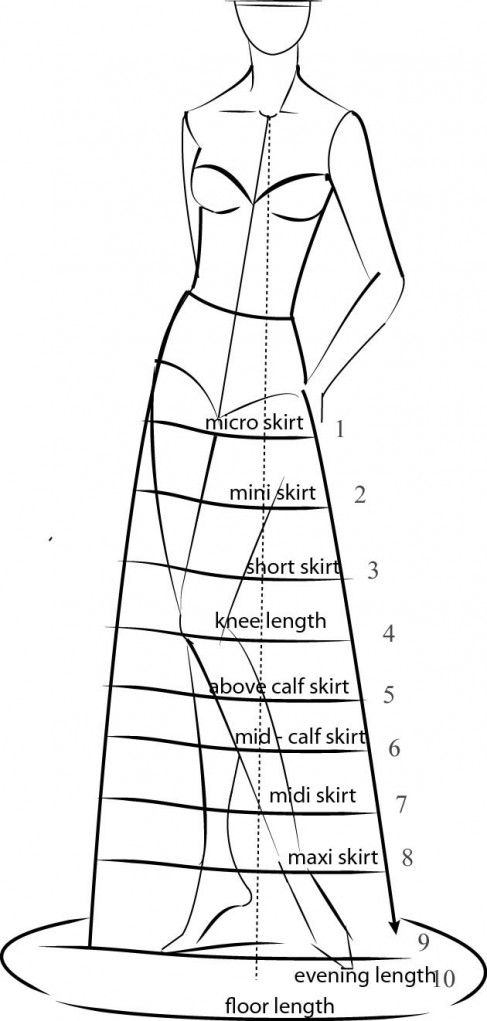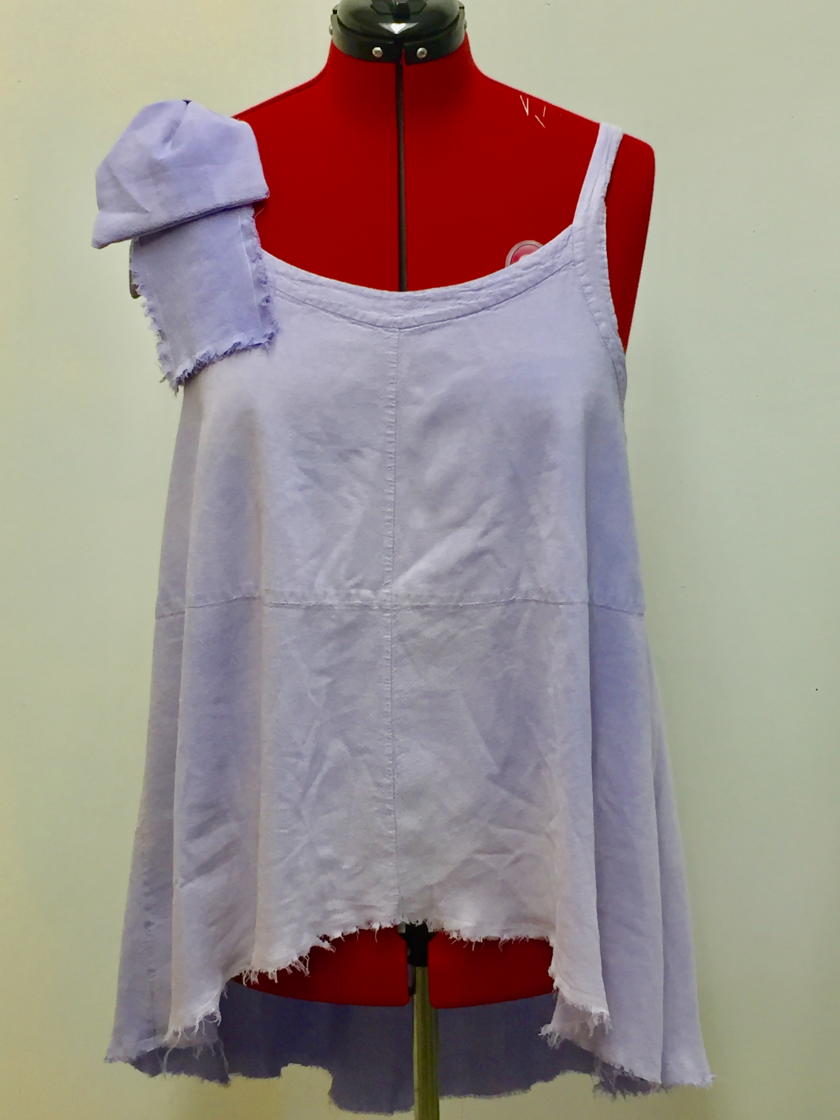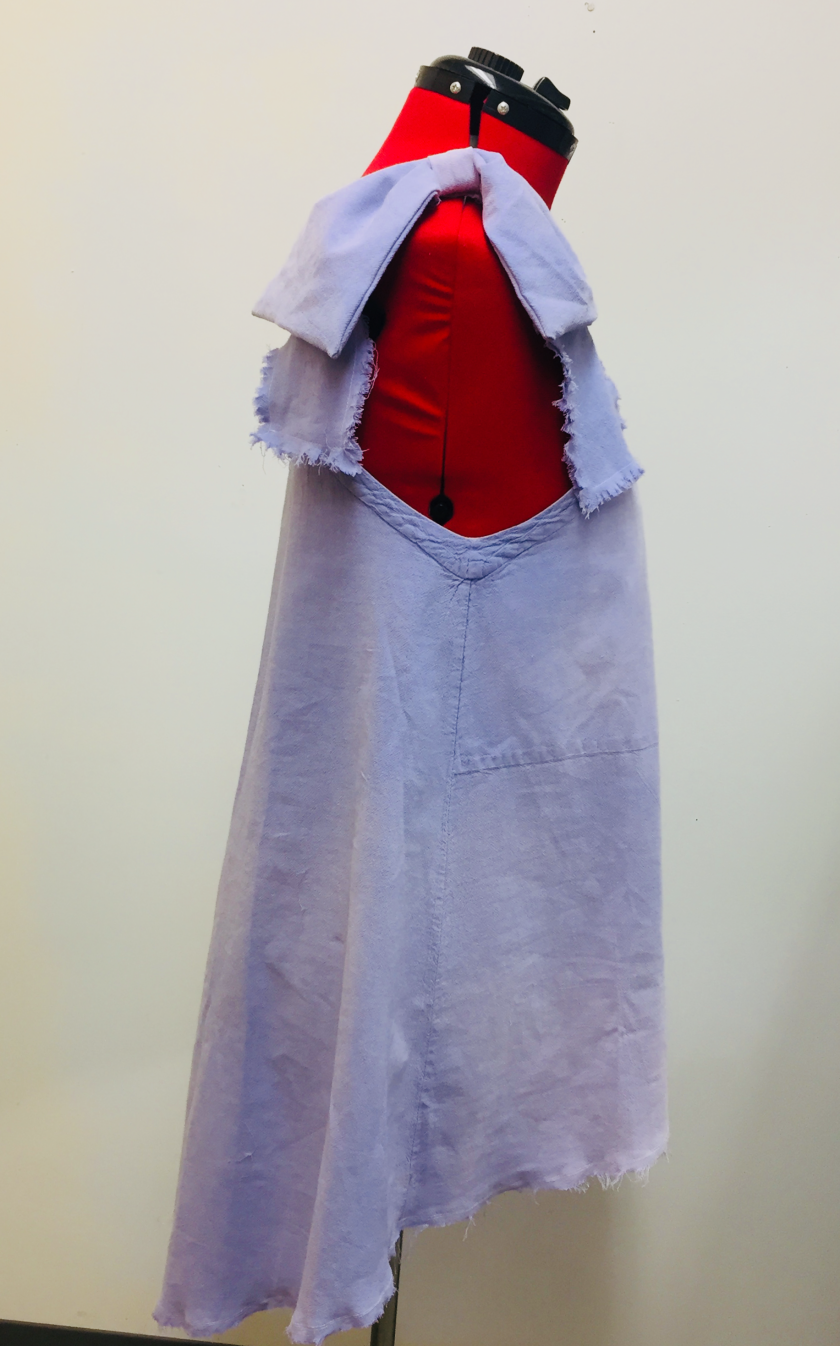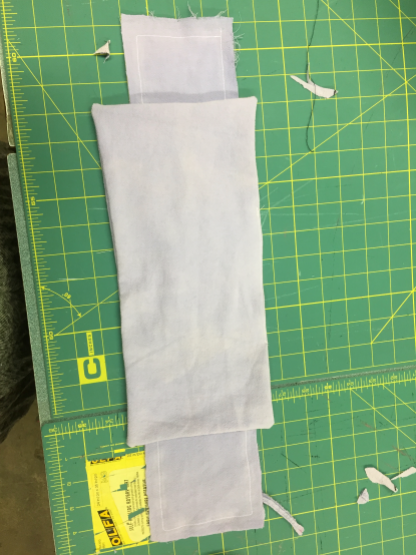“So now, do not be afraid; I will provide for you and support you and your little ones.” So he comforted them [giving them encouragement and hope] and spoke [with kindness] to their hearts.” Genesis 50:21(amp)
Hey Y’all!
How’s it going? I’ve been suuuper chill these days! After a busy June and July, I finally have some down time. I’ve been casually taking care of some house work, engaging in some sewing, hanging out with friends, about to start a little fall planning. But I really feel like I’m in a season of relaxation. So I’ve been doing these things at a chill pace. How about you all….? How has your summer been?
This week’s post is my version of the #lenahornedress from Tabitha Sewer I was sew lucky to have won this pattern along with a whole bunch of sewing goodies from D&H fabric Co.’s one year anniversary give away. I mean seeeeewwww much was in there! From fabric to sewing notions, earrings and even a DIY shoe kit from A Happy Stitch. I’ll be sharing what I make with these gifts over the next few weeks. Stay tuned!
So like I was saying…. The lenahorne dress pattern from Tabitha Sewer was one of my gifts and I decided to do my own version of it and share some of my thoughts on this pattern.
Pattern Review
The pattern instructions were very straight forward and easy to follow. I liked the method of construction that she used to sew the dress together. In particular the zipper insertion to the lined bodice was great! No need for hand finishing. It was completely inserted by machine. Which was such a time saver!
I like that she uses ready to wear measurements and sizing making it so easy for sewers to choose their correct size. I also liked the inclusivity of her pattern sizing. Sizes start at a 0 and range to a 24.
Fit and Design Modifications
The pattern for me fit true to size. I am a ready to wear size 14 and I cut a pattern size 14 and it fit perfectly. The only adjustment that I had to make was in the high bust. I had to pinch about 1″ out at the princess seams.
I’m not such a ruffles kind of girl so I opted to leave out the ruffle detail opting for straps that tie at the shoulders. For the shoulder straps I simply used the straps that were included in the pattern and cut an extra set of 2. The other change that I made was in the skirt. I lengthened the hem by creating a peplum. Below are some brief instructions for how I created the peplum.
1) I traced view B of the dress’ skirt pattern (it reaches above the knee) to a separate sheet of pattern paper. (you can use butcher paper, tracing paper, tape printing paper together or even newspaper if you don’t have pattern paper).
2) I marked a series of lines 2-3 inches apart along the length of the skirt pattern. Then using the slash and spread method I cut along the lines from the bottom all the way to but not through the top of each line. Leaving a hinge at the top to spread the pattern.
3) I then placed another large piece of pattern paper underneath the now slashed skirt pattern. Evenly spreading and taping each slashed area to the paper underneath. This gave me the fullness only at the hem. I didn’t want a ruffled hem. I wanted a peplum.
4) Lastly, I remarked the hemline and cut the new pattern piece.
Fabric and Styling
I was on a tight budget this time around and I wanted to make a casual dress that I could wear in the hot summer August days ahead. So I shopped the clearance shelves at Joann’s and found this shades of blue batik fabric that has a hint of purple and aqua running through it. I broke up the print and created contrast by using a solid cobalt blue for the back bodice and straps.
I kept styling minimal with these aqua colored flip flops and shell earrings that picked up the blue and purple tones in the dress. Another fun styling option would be to accessorize with pops of yellow with shoes and fun boho vibe earrings.
This was a fun impromptu shoot. I was hanging out with one of my besties in Downtown Milwaukee at the Public Market. We had lunch, chatted the afternoon away and decided to walk and take a bunch of selfies. Before we knew it people were coming up to us asking if we wanted assistance taking pictures. It was so nice to witness and receive kindness.




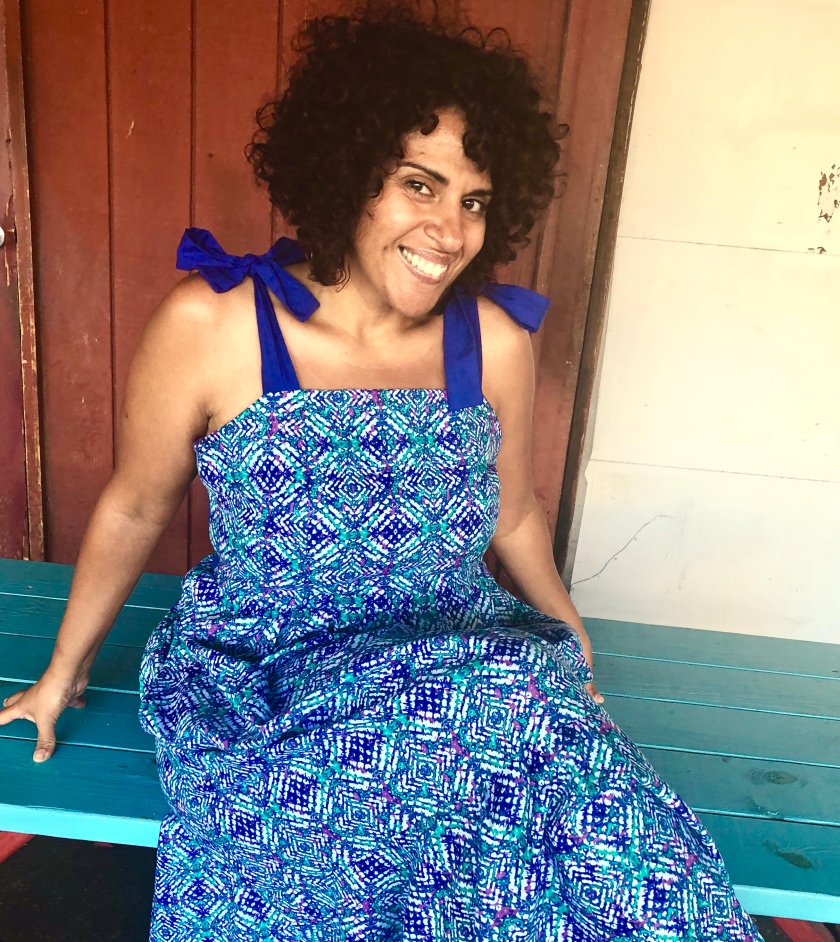

Well thats all for now everyone! Until next time…..!

